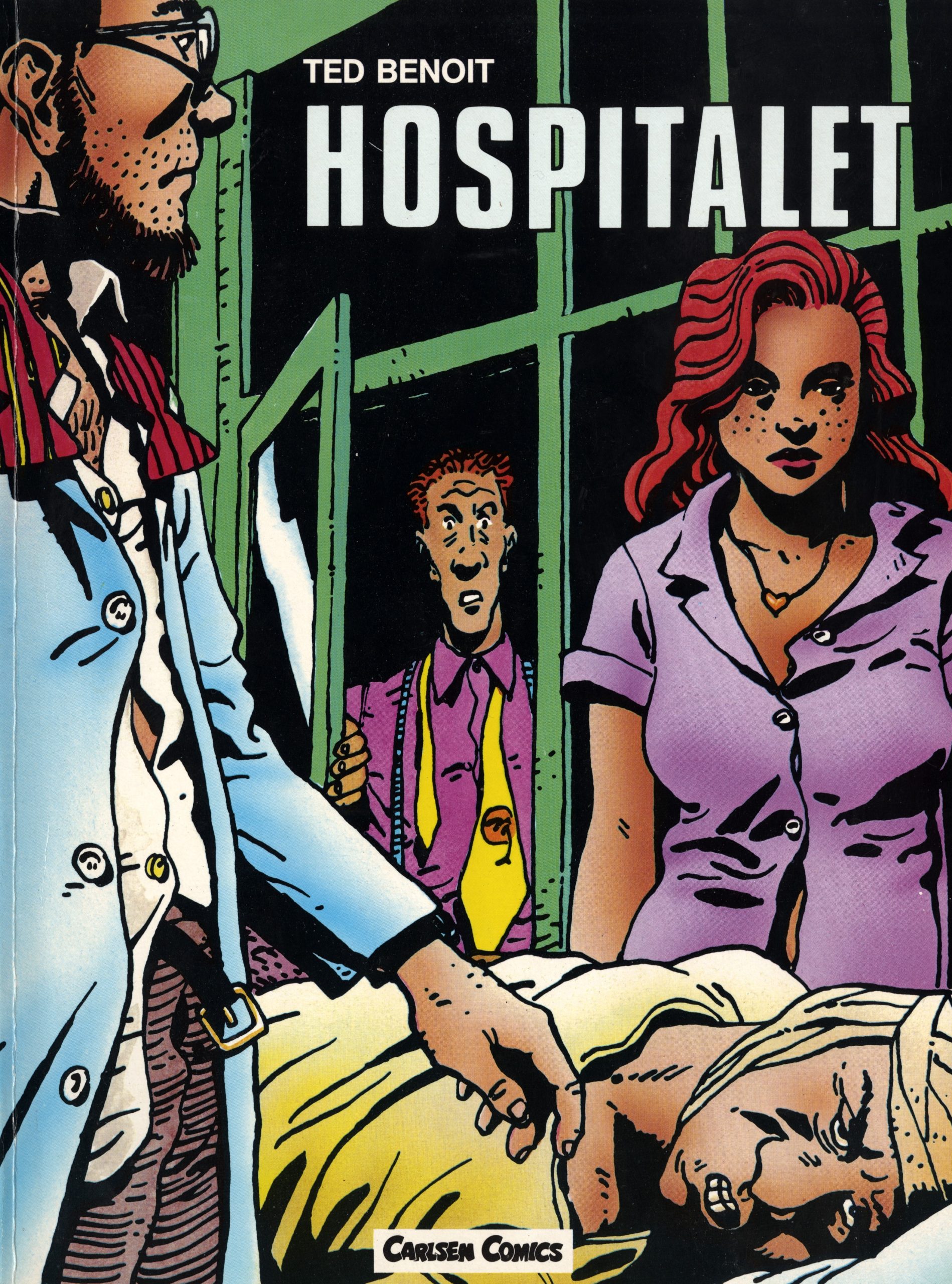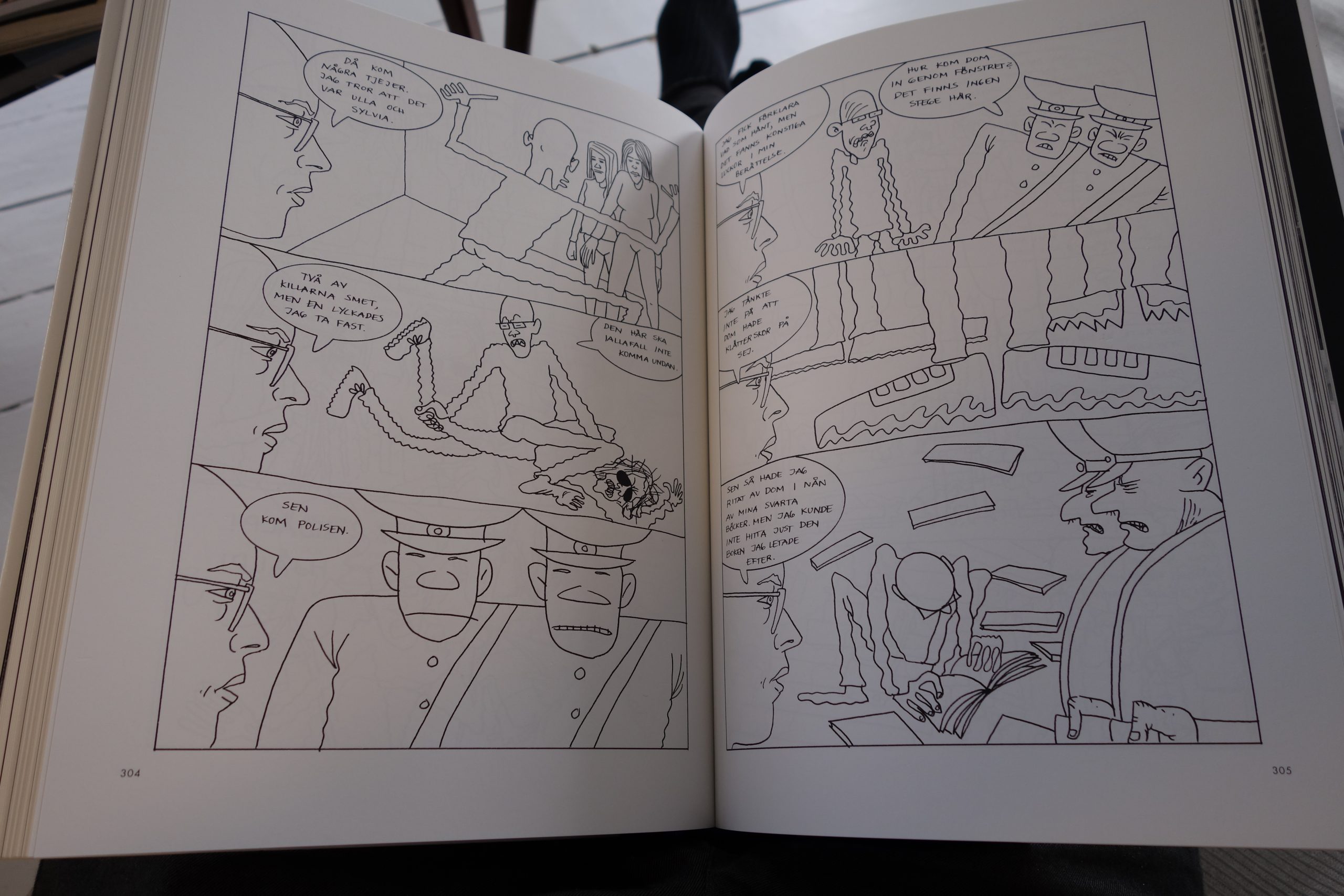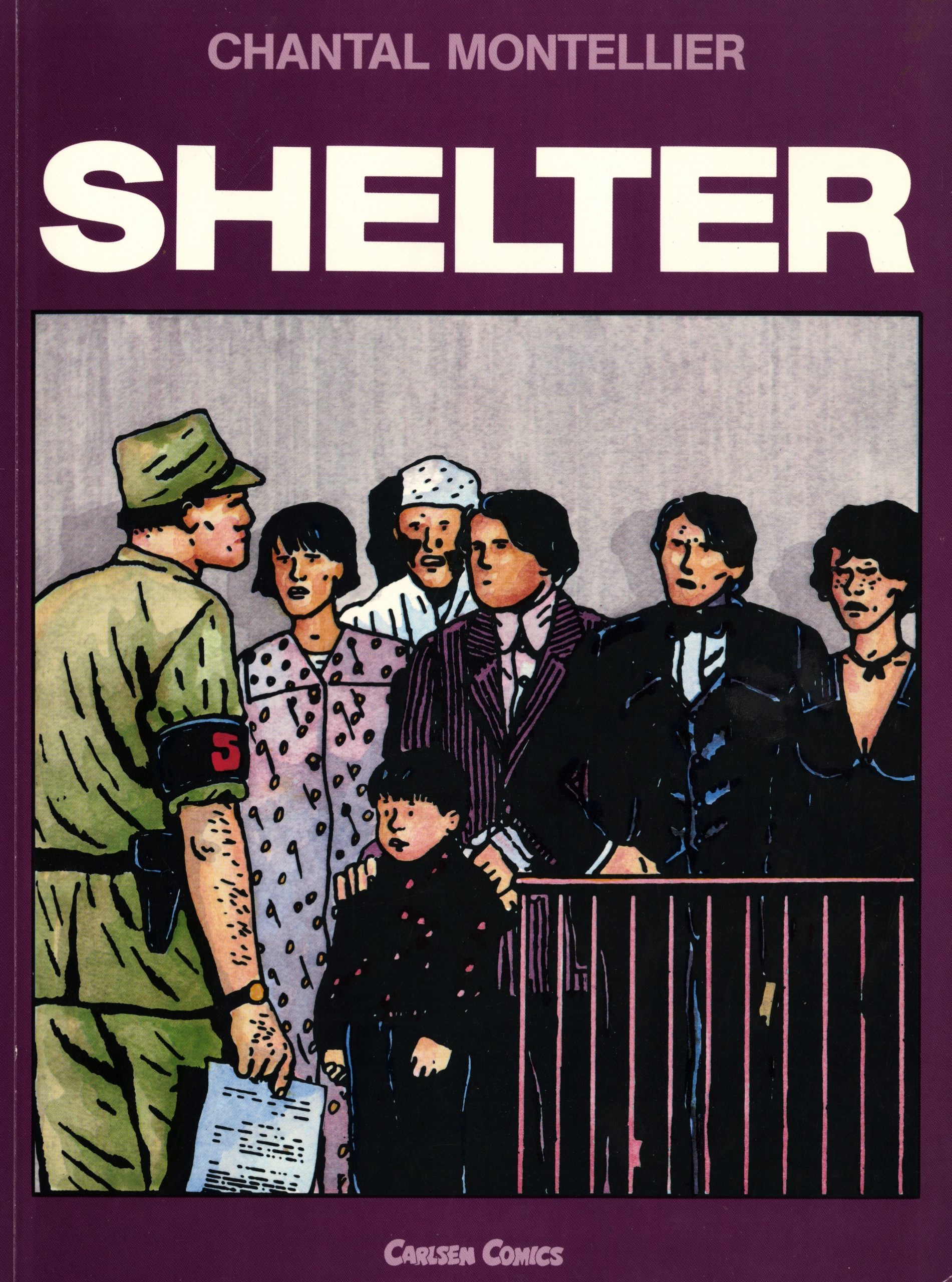Remembrance of Things Fast: True Stories Visual Lies. John Maybury. 1994.
I was unable to locate this film anywhere for my Tilda Swinton project. If somebody knows where it can be found (either in some physical format or online), please let me know.
Remembrance of Things Fast: True Stories Visual Lies. John Maybury. 1994.
I was unable to locate this film anywhere for my Tilda Swinton project. If somebody knows where it can be found (either in some physical format or online), please let me know.
One of the reasons for doing this blog series was to poke at the “well, everything is available now” thing (spoiler warning: it’s not), but then you have things like this movie: Made in 1990, and then largely unavailable for three decades, before suddenly becoming available on Vimeo. That’s a hopeful sign, perhaps: A couple decades ago, people were talking about “the long tail”, where the idea was that if you’d just make things available, there would be a sufficient number of weirdos I mean people interested to make it worthwhile financially. I.e., with the Internet, surely there are enough people among the eight billion people on Earth (and probably some UFOs) to finance basically anything?
This turns out not to be true — I’ve bought many an album on Bandcamp where they’d only sold two copies before me.
The long tail turns out to be very thin indeed, and not fat and sustainable as people imagined.
But then there’s Vimeo, where you can pay Vimeo some money and then charge people eight Euros, and perhaps some people will buy the films?
This is very strange, even for a 1990 English language German TV movie. So far, it’s been hard cosmology stuff on the voiceover, but with these absurd graphics…
The guy doing the English voiceover is slightly difficult to understand… “density of meta”… Very German pronunciation.
Even on an art movie scale, this is very odd. That is, it doesn’t really use the normal art movie tropes? It’s just very strange.
I mean, I like it, but it’s very strange, and I’m not sure that it’s this strange because the filmmaker wanted it to be, or just because this is how it turned out.
But there’s some very common elements — it’s about an old guy and a young woman, directed by an old guy. OOPS!
The white balance seems to be kinda… off… in most of the outdoor scenes. Did they only have tungsten film?
Yum.
Did I mention that this is a very odd film?
“The sea… caricature of infinity.”
You know, I didn’t have this pegged as a comedy, but is this, like, a parody of art films? Or perhaps just a really hilarious movie that’s not actually funny?
This movie feels like student work, but not in a good way.
Uhm:
Robert, a young Dane, is shanghaied in Marseille, and via Acapulco he is abducted into the South Pacific. There he kills his father and seduces his mother. Then he explores the changing world. The end finds him in a Polynesian village, where the chief bestows him with a girl of his age-class. A novel of adventure, a novel of love, also an oratory of some sort.
We’re an hour into the movie, and I don’t think any of that has happened yet? So is that another joke? Or was Robert supposed to be Tilda’s son, even though he’s older than her? Or perhaps he’s mean to play a … five-year-old?
I mean, it’s possible. I may have zoned out at points.
The only interesting thing in this movie are these sequences. The editing is timed to the soundtrack (which is a piano thing), so the shot changes whenever a piano key is hit. That must have been so much work! This was presumably edited on film, and that’s a lot of cuts.
But! It’s not done perfectly — I’d say about 70% of the cuts are done on a note, and the rest are flubbed — too early, too late, not done at all, done when there’s no notes happening. It’s still interesting, but it’s more… “yes, I can see what you tried to do… and then failed to do…”
And the images in these sequences (and they do go on for a while) don’t seem to have anything to do — at all — with the rest of the movie. So they’re just a thing the director had been working on while doing a lot of coke over the years and then shoehorned into this film?
I think they were aiming for a Jarman-like art movie, but it’s really… kinda uniquely bad.
The Open Universe. Klaus Wyborny. 1990.
This post is part of The Tilda Swinton Project.
Hugo Pratt and José Muñoz are probably the two cartoonists who influenced most European comics in the late 70s/early 80s. It rare to flip through a black-and-white album from that period and not see some influence from those two. (And a bit later, from Moebius.)
But there’s another artist that seems to have been a very powerful influence on younger artists: Jacques Tardi. In this, the final section of the BD80 series, I’ll present three albums that have these things in common: They’re the first (or an early) album from each artist, the albums look an awfully lot like Tardi, and each artist dropped the Tardi influences after a while.

Hopital by Ted Benoit (1979)
Benoit was 32 years old when Hopital was published. It’s a story of people checking into a soap opera like hospital, and never really checking out. It’s pretty amusing, but somewhat slight.
But look at those Tardiesque shadows. And then a few years later, Benoit’s artwork looks like this:
 It’s like a mash up of Edgar P Jacobs and Joost Swarte. Quite a change…
It’s like a mash up of Edgar P Jacobs and Joost Swarte. Quite a change…

Alger by Gunnar Krantz (1986)
This debut album by the Swedish cartoonist Gunnar Krantz was published when he was 26. The story details, as you’d expect from a Swedish 26 year old, a journey from Paris to Algeria and back again, complete with Algerian bombers, kidnappings and betrayal.
All done in a very Tardiesque manner:
I sort of get the feeling that things would look even more like Tardi if only Krantz could draw better. But it’s a fun enough work, and, I’m sorry to say, probably Krantz most enjoyable comic book.
Here’s what his artwork looks like now:
 I’m not sure what you’d call that style… er… Perhaps he should have stuck with the Tardi.
I’m not sure what you’d call that style… er… Perhaps he should have stuck with the Tardi.

Shelter by Chantal Montellier (1983)
This isn’t actually Montellier’s first album, as I had thought. Published in 1980, Montellier had been publishing comics for two years already. Born in 1947, she published her first work in 1978, confusingly enough called 1996.
Anyway, this album is about people trapped in an underground shopping center after a nuclear war. Montellier conveys the mounting creepiness very effectively as this new society becomes ever more repressing. I have to say that I found the resolution less than satisfying, though.
I really like the artwork, too. Sure, it’s more Tardi than Tardi here and there, but can you really be too Tardi? I think not.
Unfortunately, she’s had very few albums translated into other languages, so I’m not sure what her evolution has been. Here’s a recent cover, though:
I hope somebody starts translating her other work, because I’d really like to read more of her stuff.
So there you go. Is early onset Tardi a common diagnosis? Is there something in particular about his style that’s so attractive to younger artists?
This post is part of the BD80 series.